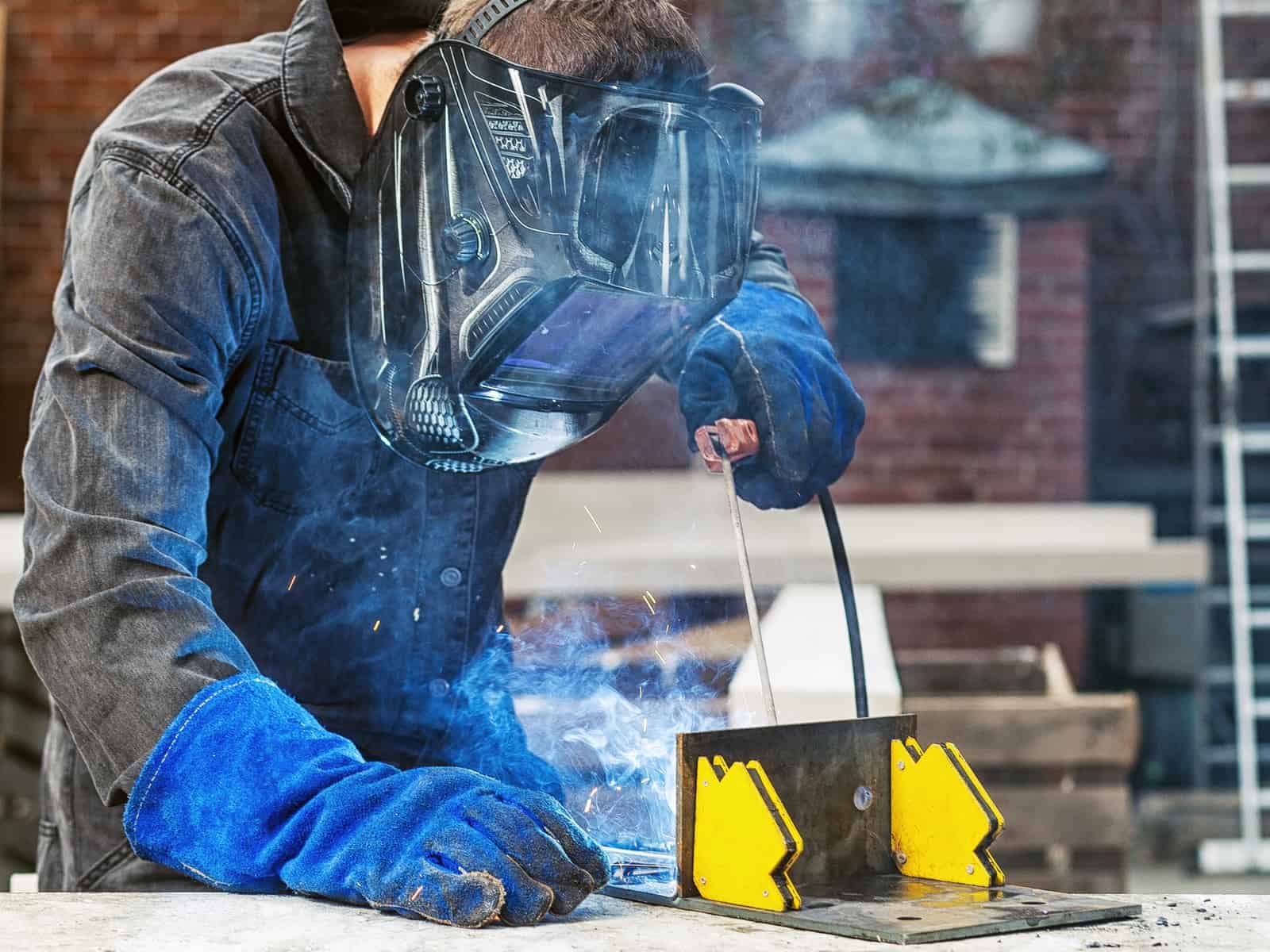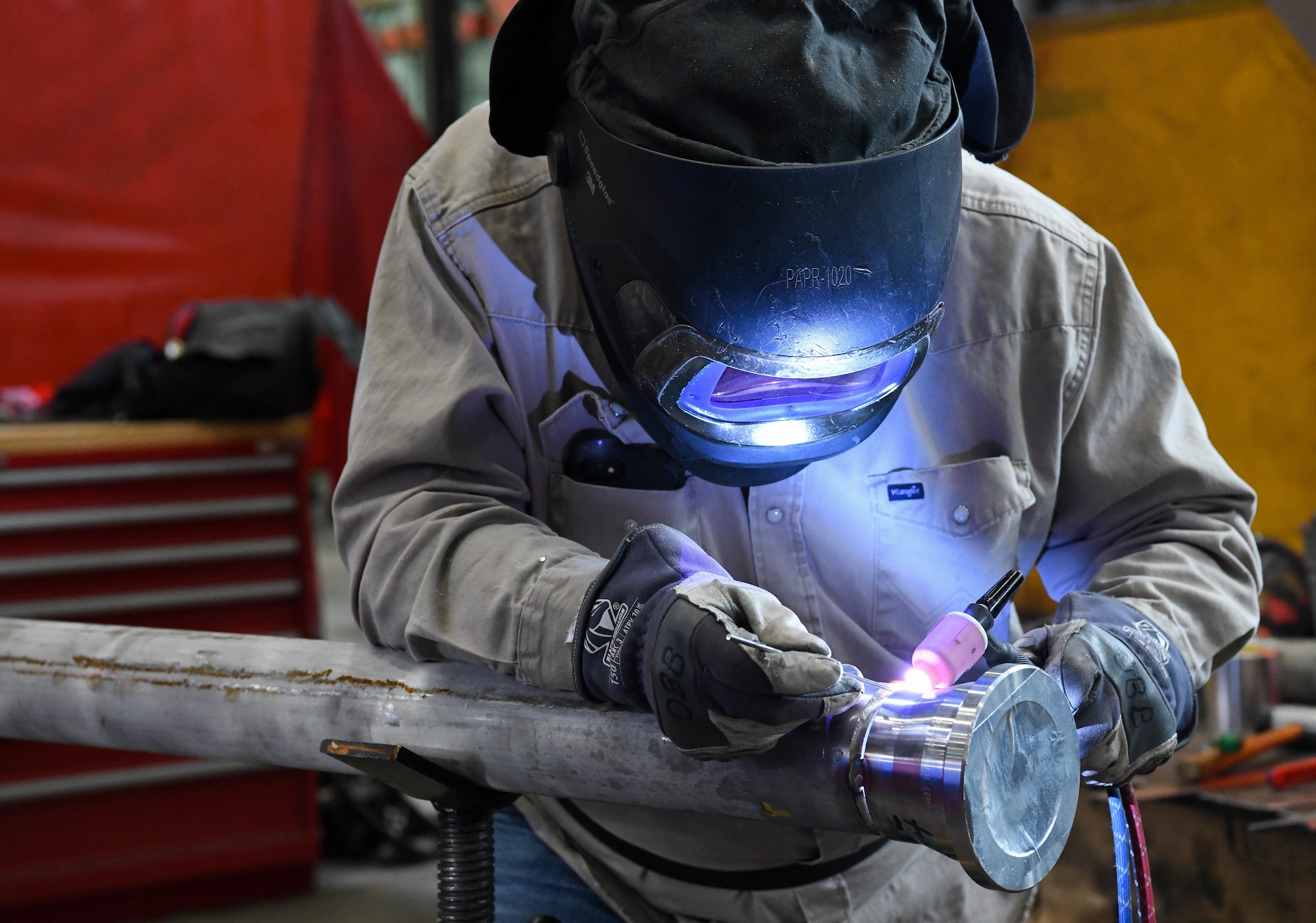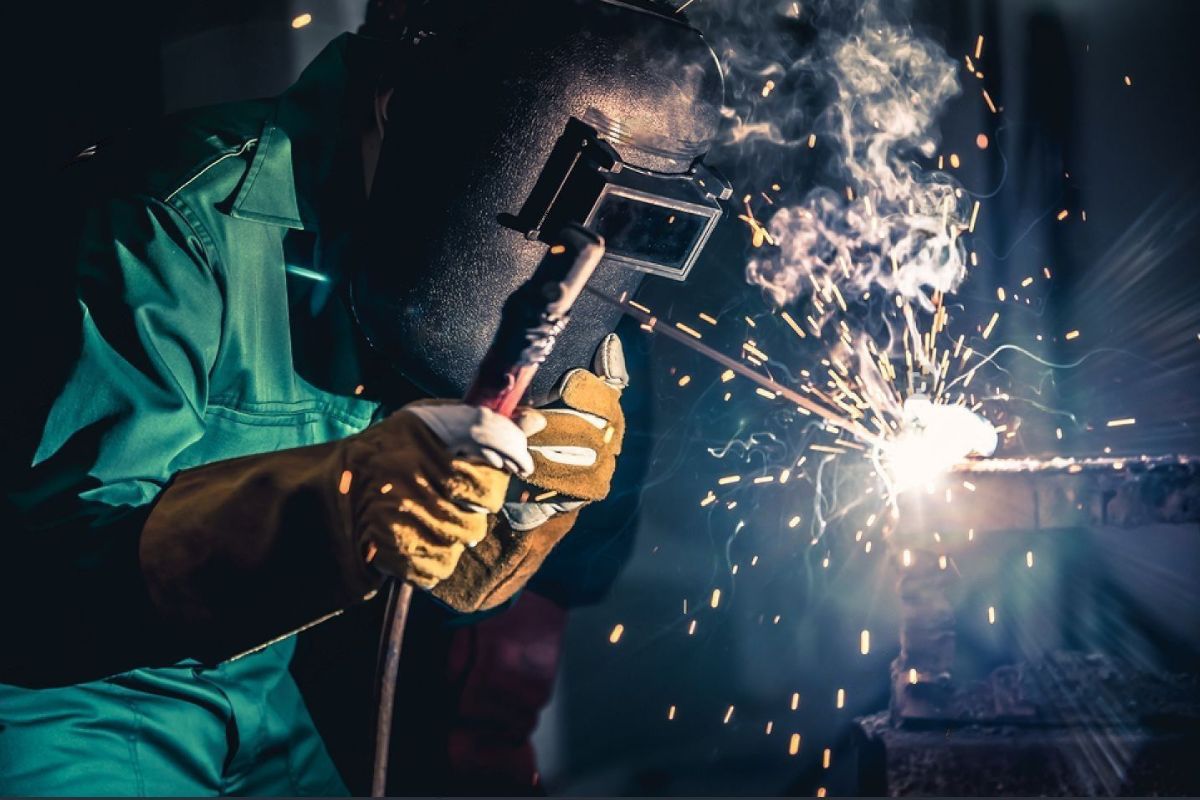Reliable weld inspection practices shared by Montana Mobile Welding and Repair
Common Welding Fixing Issues and Exactly How to Address Them Successfully
Welding repairs often run into an array of issues that can endanger the stability of the end product. Usual troubles consist of inadequate penetration, porosity, and imbalance, to name a few. Each defect provides special difficulties that require specific techniques for resolution. Recognizing these concerns is essential for welders aiming to enhance their end results and skills. This conversation will explore these common welding repair service problems and reliable techniques to address them.
Poor Penetration
Insufficient infiltration occurs when the weld metal falls short to completely fuse with the base material, causing weak joints and potential structural failings. This problem usually stems from insufficient warmth input, inaccurate electrode angle, or improper welding rate. Welders may encounter insufficient infiltration as a result of a mistake of the essential parameters for a certain material thickness or type. Additionally, contamination on the base material's surface can hinder effective bonding, aggravating the trouble. To deal with poor infiltration, welders ought to ensure ideal settings on their tools and preserve a tidy job surface area. Normal inspection of welds is advised to identify any kind of deficiencies early, permitting prompt improvements and the prevention of compromised structural honesty in welded assemblies.
Porosity
Porosity is a typical defect in welded joints that manifests as small gas bubbles entraped within the weld metal. This problem can endanger the honesty of the weld, leading to decreased strength and potential failing under stress and anxiety. Welding. Porosity generally arises from contamination, wetness, or inappropriate welding methods, which enable gases to get away into the liquified weld swimming pool. To deal with porosity, welders should ensure proper surface preparation, maintain a tidy working environment, and make use of suitable welding specifications. In addition, picking the ideal filler material and securing gas can minimize gas entrapment. Routine examination and testing of welds can assist determine porosity early, guaranteeing timely rehabilitative activities are taken, consequently preserving the top quality and reliability of the welded structure
Imbalance
Misalignment in welding can develop from different variables, consisting of improper arrangement and thermal growth. Comprehending the source is necessary for reliable resolution. Numerous correction methods are offered to realign elements and guarantee structural integrity.
Root causes of Imbalance
Welding misalignment typically comes from a variety of underlying problems that can jeopardize structural integrity. One primary reason is incorrect fit-up of parts prior to welding, which can result in voids and irregular surface areas. Variations in thermal expansion throughout the welding procedure can likewise cause distortion, specifically if the materials being signed up with have various coefficients of expansion. In addition, insufficient fixturing and clamping may stop working to hold components firmly in position, causing motion throughout welding. Badly maintained tools, consisting of welding equipments and devices, might present inconsistencies in the weld bead, more adding to misalignment. Operator error, stemming from insufficient training or experience, can likewise play a considerable role in developing misaligned welds.

Adjustment Strategies Available
Dealing with imbalance effectively calls for a mix of rehabilitative methods customized to the particular issues handy. One typical method is using jigs or fixtures to hold components in the right position throughout welding, making certain constant positioning. In addition, pre-heating the products can help in reducing distortion and enhance fit-up. For substantial imbalance, mechanical adjustment strategies, such as utilizing hydraulic jacks or clamps, can be utilized to correct the position prior to welding. Post-weld warmth treatment might likewise be essential to ease stresses brought on by misalignment. Finally, careful examination and adjustment during the setup phase can avoid imbalance issues from becoming considerable problems, advertising a smoother welding process and improving total structural honesty.
Distortion
Distortion is an usual difficulty in welding that can occur from numerous factors, including irregular heating & cooling. Recognizing the root causes of distortion is necessary for applying efficient prevention techniques. Resolving this issue not just enhances structural stability but also boosts the total high quality of the weld.
Sources of Distortion
When based on the extreme heat of welding, products often go through changes that can lead to distortion. This sensation mostly emerges from thermal growth and tightening during the welding procedure. As the weld location warms up, the product increases; upon air conditioning, it contracts, which can develop interior stresses. Additionally, uneven home heating across a workpiece can More Help aggravate these stress and anxieties, causing bending or flexing. The kind of material also plays a considerable function; metals with differing thermal conductivity and coefficients of growth may react in different ways, resulting in unforeseeable distortions. In addition, poor joint style and inadequate fixturing can add to misalignment during welding, enhancing the possibility of distortion. Comprehending these reasons is crucial for effective welding repair and prevention approaches.
Avoidance Techniques
Effective avoidance techniques for distortion during welding emphasis on controlling warm input and ensuring proper joint layout. Preserving a consistent warmth input aids to reduce thermal development and tightening, which can result in distortion. Using techniques such as pre-heating the work surface can likewise lower the temperature slope, advertising consistent heating. In addition, choosing ideal joint layouts, such as T-joints or lap joints, can improve security and lower tension focus. Executing proper fixturing to safeguard the work surfaces in position additionally help in maintaining alignment throughout the welding procedure. Staggered welding series can distribute warm more equally, preventing localized distortion. By applying these strategies, welders can significantly decrease the probability of distortion and enhance the total quality of their welds.
Splitting
Splitting is a common issue encountered in welding repair services, often resulting from numerous elements such as incorrect cooling prices, product option, or inadequate joint preparation. The incident of fractures can significantly jeopardize the honesty of the weld, leading to possible failures during operation. To resolve this concern, welders must initially link assess the origin, making sure that products work and suitably selected for the particular application. Additionally, controlling the air conditioning price during the welding procedure is vital; quick air conditioning can cause stress and lead to splitting. Correct joint design and prep work also add to decreasing the danger. Carrying out these strategies can improve weld quality and resilience, inevitably minimizing the likelihood of cracking in ended up weldments.

Incomplete Blend
A significant concern in welding repair work is incomplete blend, which takes place when the weld metal does not effectively bond with the base material or previous weld passes - Belgrade Welding. This problem can lead to weak points in the joint, potentially jeopardizing the honesty of the welded framework. Factors contributing to insufficient blend include inadequate warm input, improper welding strategy, and contamination of the surfaces being joined. To resolve this problem properly, welders should ensure proper pre-weld cleaning and surface preparation, along with change their welding parameters to attain appropriate infiltration and fusion. Regular evaluation throughout the welding procedure can likewise aid determine incomplete fusion early, allowing for prompt rehabilitative procedures to boost the total top quality of the weld
Overheating
While welding repair work can boost structural honesty, overheating provides a significant difficulty that can result in product deterioration. Excessive heat throughout welding can alter the mechanical properties of metals, resulting in lowered strength, raised brittleness, and warping. This phenomenon is especially crucial in high-stress applications where architectural dependability is extremely important. Determining overheating can include aesthetic assessments for discoloration or distortion, along with checking temperature throughout the welding procedure. To alleviate the dangers connected with overheating, welders must utilize appropriate methods, such as controlling warm input, readjusting travel speed, and using ideal filler materials. In addition, carrying out pre- and post-weld warm therapies can help restore product properties and boost the overall high quality of the repair service, guaranteeing long-term efficiency and safety.
Frequently Asked Concerns
What Are the Typical Indications of a Welding Issue?

Exactly How Can I Evaluate My Welds for High quality?
To examine welds for top quality, one can make use of visual inspections, ultrasonic screening, and radiographic methods. Each method ensures structural integrity, recognizes issues, and validates adherence to defined criteria, eventually boosting the integrity of the welded joints.
What Security Preventative Measures Should I Take While Welding?
When welding, one should prioritize safety by using suitable personal safety devices, ensuring appropriate air flow, protecting combustible products away, preserving a clean work space, and understanding surroundings to avoid injuries and mishaps.
Can I Repair a Weld Without Remodeling the Entire Joint?
Fixing a weld without redesigning the entire joint is possible, depending on the damages (Belgrade Fabrication). Strategies such as grinding, adding filler product, or making use of a welding procedure can effectively attend to specific flaws while maintaining the bordering structure
What Equipment Are Necessary for Efficient Welding Repairs?
Crucial tools for reliable welding repair work consist of a welding device, wire brush, grinder, protective gear, clamps, and filler products. Each device plays an essential role in ensuring top quality and security throughout the repair work procedure. Porosity usually emerges from contamination, moisture, or inappropriate welding techniques, which permit gases to get away right into the liquified weld pool. Inadequately conserved devices, including welding makers and tools, may present variances in the weld bead, additional contributing to misalignment. When subjected to the intense heat of welding, products often undergo modifications that can lead to distortion. Cracking is a common issue experienced in welding repair services, usually resulting from various elements such as incorrect air conditioning prices, material choice, or insufficient joint prep work. A considerable issue in welding fixings is insufficient combination, which takes place when the weld metal does not sufficiently bond with the base product or previous weld passes.